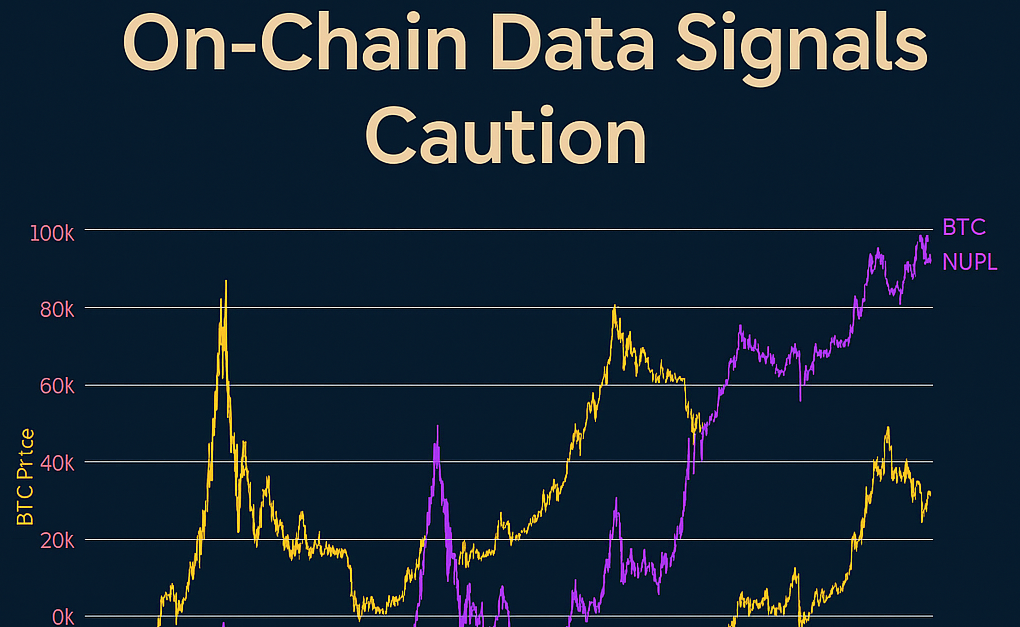Coin Days Destroyed (CDD) is a widely used metric in the cryptocurrency market. However, this term does not refer to the literal destruction of a coin but rather serves as a measure of how long coins have been held before being moved.
This concept helps analyze how long Bitcoin holders (HODLers) keep their coins in their wallets. The basic idea is simple: if 1 BTC is held in a wallet for one day, it accumulates 1 coin day. When that BTC is transferred to another wallet, the accumulated coin days are considered “destroyed.”
Notably, Bitcoin that has been held for 155 days or more has a greater impact on the CDD metric. A high CDD value indicates that the Bitcoin being transferred has been held for a long period. In other words, this metric does not simply show how much BTC has been moved but also provides insight into the holding duration of the transferred coins.
In simple terms, a high CDD value can be generated by transferring a large amount of BTC that has been held for a long time.
For example, let’s calculate the CDD for 75 BTC that has been held since 2012 and moved after exactly 10 years:
10 years = 3,650 days
CDD = 3,650 × 75 = 273,750 coin days destroyed.
However, the amount of BTC responsible for generating a high CDD value can be significantly large. When such data appears, you can use our CDDStamp platform’s Block Anomaly Monitor or Mempool Monitor tools to track high-volume transfers through our detection bots.
In summary, before making any trades, it is essential to analyze the source of the CDD data and examine wallet movements on the blockchain.
If you ignore the fact that Bitcoin’s daily trading volume on a single exchange is $3 billion and believe that a 100 BTC transfer generating a high CDD value will cause a deep price drop, that is your personal choice—but it contradicts market principles.
You can track how much BTC was moved during high CDD periods by checking on-chain flow data, such as exchange inflow (BTC moving into exchanges) and exchange outflow (BTC moving out of exchanges). These metrics can be monitored directly from the Block-based CDD (https://cddstamp.com/on_chain/private/block_based_cdd/) section on CDDStamp.com.
You can watch the video below to see how this metric is used on our platform. 🎥🚀


